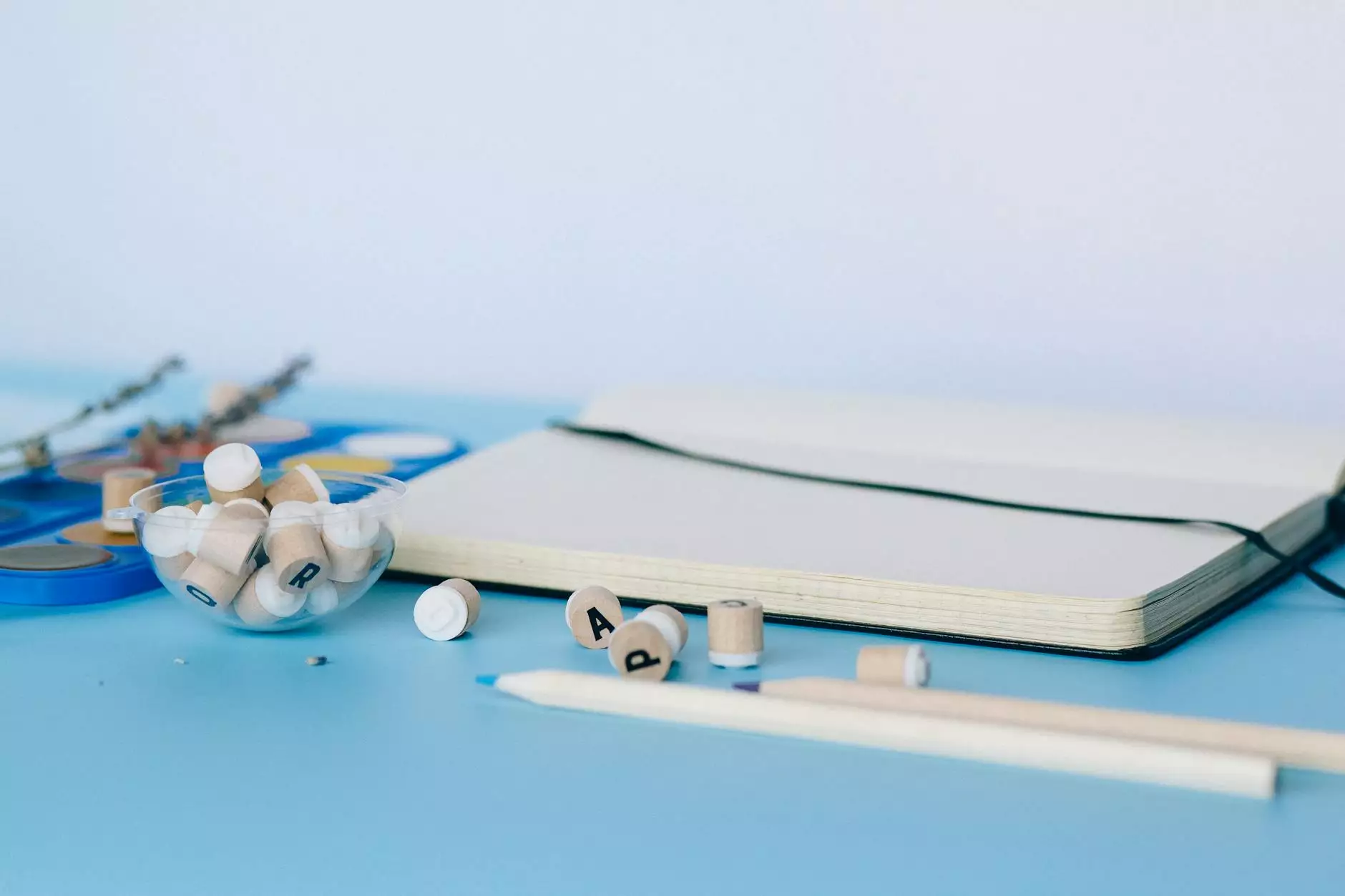Understanding the Importance of Orthopedic Instruments

In the realm of modern medicine, orthopedic instruments play a crucial role. They not only assist in diagnosis but also enhance the precision and efficacy of surgical interventions aimed at treating musculoskeletal disorders. This article will explore the various types of orthopedic instruments, their uses, and the evolving landscape of orthopedic practices. With ongoing innovations in the industry and the increase in orthopedic conditions among populations, understanding these tools is vital for healthcare professionals and patients alike.
What Are Orthopedic Instruments?
Orthopedic instruments are specialized tools designed for diagnosing, treating, and rehabilitating conditions related to bones, joints, ligaments, and muscles. These instruments are essential for orthopedic surgeons and medical professionals who perform surgeries and procedures that aim to restore mobility and alleviate pain in patients suffering from musculoskeletal issues. The effectiveness of surgical procedures largely depends on the quality and design of the orthopedic instruments used.
Types of Orthopedic Instruments
There are numerous orthopedic instruments available, each crafted for specific surgical procedures, diagnosis, or therapeutic needs. Below, we categorize and describe the most commonly utilized instruments:
1. Surgical Instruments
- Scalpels: Used for precise incisions during surgeries.
- Scissors: These come in various types, including Mayo and Metzenbaum scissors, for cutting tissues.
- Forceps: Grasping instruments that may be serrated for holding tissues and suturing.
- Bone Chisels: Specifically designed for shaping and smoothing bone.
2. Implants and Fixation Devices
- Plates and Screws: Essential for stabilizing fractures, these devices hold bones in place as they heal.
- Intramedullary Nails: Metal rods inserted into the bone for internal fixation.
- Prosthetics: Artificial devices used to replace missing joints, such as hips and knees.
- External Fixators: Used to stabilize bone and soft tissue at a distance from the injury site.
3. Diagnostic Instruments
- X-Ray Machines: Vital for providing images of bones to identify fractures or abnormalities.
- MRI Machines: Used for detailed imaging of soft tissues, ligaments, and cartilage.
- Ultrasound Equipment: Helpful in evaluating soft tissue injuries.
4. Rehabilitation Instruments
- Therapy Bands: Employed in physical therapy to strengthen muscles.
- Resistance Machines: Used for improving the range of motion and building strength post-surgery.
- Balance Boards: Assist in regaining stability and coordination.
The Role of Orthopedic Instruments in Surgical Procedures
When it comes to surgical procedures, the quality and variety of orthopedic instruments can significantly impact the outcome. For instance, during open reduction and internal fixation (ORIF) of fractures, the precision and reliability of instruments such as bone clamps, retractors, and drill guides are pivotal. These tools enable surgeons to perform complex tasks with improved efficacy, resulting in shorter recovery times for patients.
Advancements in Technology and Materials
The field of orthopedics is witnessing rapid advancements fueled by technological innovations and new materials. Examples include:
- Robotic-Assisted Surgery: Enhances precision in orthopedic procedures, allowing for minimally invasive techniques that reduce patient recovery time.
- 3D Printing: Custom orthopedic implants can be created to match the individual anatomy of patients, leading to improved outcomes and patient satisfaction.
- Titanium Implants: These are being increasingly used due to their strength, lightweight nature, and biocompatibility, ensuring that patients have fewer complications.
Clinical Applications of Orthopedic Instruments
Orthopedic instruments find a plethora of applications in clinical settings, from trauma care to elective surgeries. Let's take a closer look at some of the clinical scenarios where they are indispensable:
1. Trauma Surgery
In trauma cases, orthopedic instruments are crucial for quickly stabilizing fractures and dislocations. Surgeons rely on a variety of instruments to perform procedures that may range from simple fracture reductions to complex pelvic surgeries. The timely intervention can be the difference between complete recovery and long-term disability.
2. Joint Replacement Surgery
Joint replacements, including hip, knee, and shoulder replacements, require specialized instruments designed to ensure precise placement of prosthetic components. The instruments used in these surgeries are specifically engineered to work harmoniously with the anatomy of the human body, promoting optimal surgical outcomes.
3. Arthroscopy
This minimally invasive surgical procedure allows orthopedic surgeons to visualize, diagnose, and treat joint issues using small keyhole incisions. Instruments like arthroscopes and specialized surgical tools enable doctors to perform complex surgical tasks through small openings, resulting in reduced patient trauma and faster recovery.
The Future of Orthopedic Instruments
The future of orthopedic instruments looks promising as research and innovation continue to evolve. With a spotlight on improving patient outcomes, several trends are shaping the development of new instruments:
- Integration of AI and Machine Learning: These technologies are being integrated into surgical instruments to assist surgeons with real-time data and analytics.
- Enhanced Materials: The exploration of biocompatible and biodegradable materials is paramount for future implant designs.
- Sustainability Practices: Manufacturers are increasingly prioritizing sustainable practices in the production and disposal of medical instruments.
Conclusion: Understanding the Impact of Orthopedic Instruments
In conclusion, orthopedic instruments are the backbone of orthopedic surgery and rehabilitation. With the continuous advancements in technology, the future holds many opportunities for innovation that can transform the way orthopedic care is delivered. It is vital for healthcare professionals in this field to stay updated with the latest instruments and techniques to ensure they provide the best possible care for their patients.
As we look forward, the ongoing collaboration between manufacturers, healthcare providers, and researchers will undoubtedly lead to even more sophisticated and effective orthopedic instruments that can enhance surgical precision, speed up recovery, and improve overall patient outcomes. For further information on high-quality orthopedic instruments, visit new-medinstruments.com.









